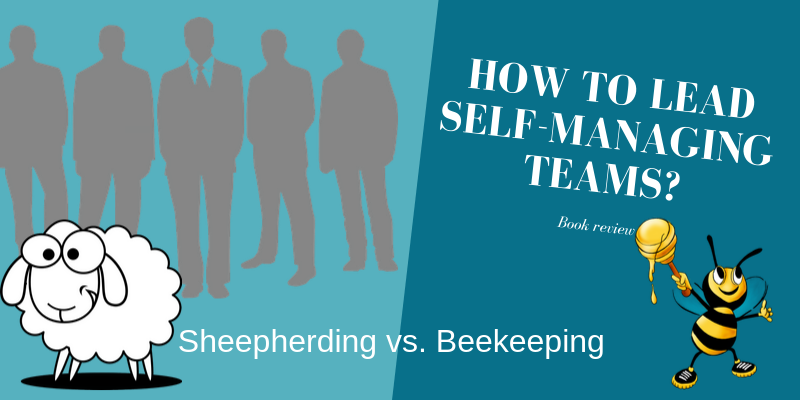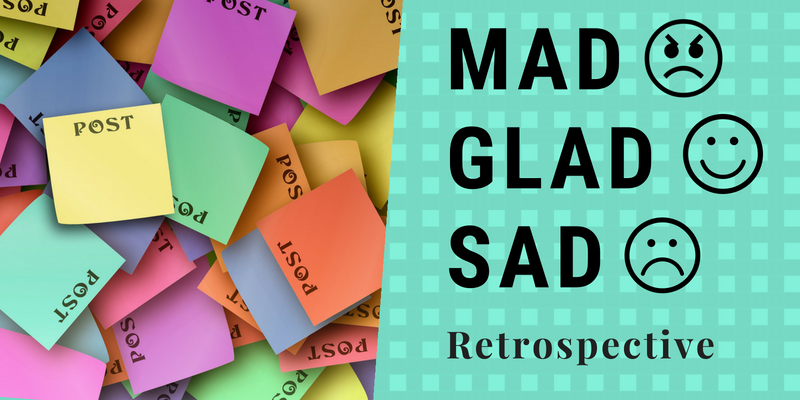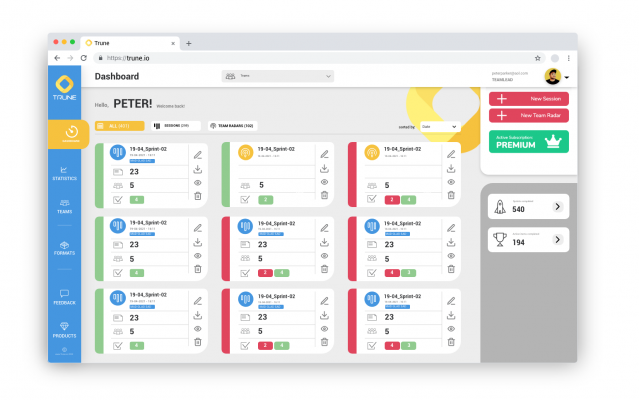Why are we so slow in delivering software?
Why are established companies so much slower in delivering software compared to a startup company? I will give you four reasons. About ten years ago...
How to lead self-managing teams – Book review
To my surprise, there are a lot of parallels between leading self-managing teams and managing beehives. I recently read a great book called "How To...
Mad Glad Sad Retrospective
The Mad Glad Sad Retrospective is a format to gather data in the Scrum Retrospective meeting. Here I am going to explain how you can use the Mad Glad...
Migrate From TFVC To Git – 5 Simple Steps
I talk extensively why you should migrate from Team Foundation Version Control (TFVC) to Git in my guest post at simple programmer, which will be...
Scrum Retrospective 5 – Close The Retrospective
This is the fifth and last post of my blog post series about the five phases of a Scrum Retrospective. In this post I cover Phase 5— Close the...
Scrum Retrospective 4 – Decide What To Do
This is the fourth post of my blog post series about the five phases of a Scrum Retrospective. In this post I cover Phase 4— Decide What To Do. If you...






